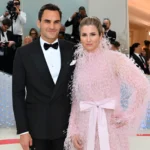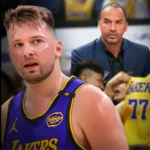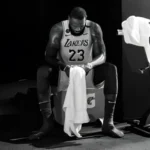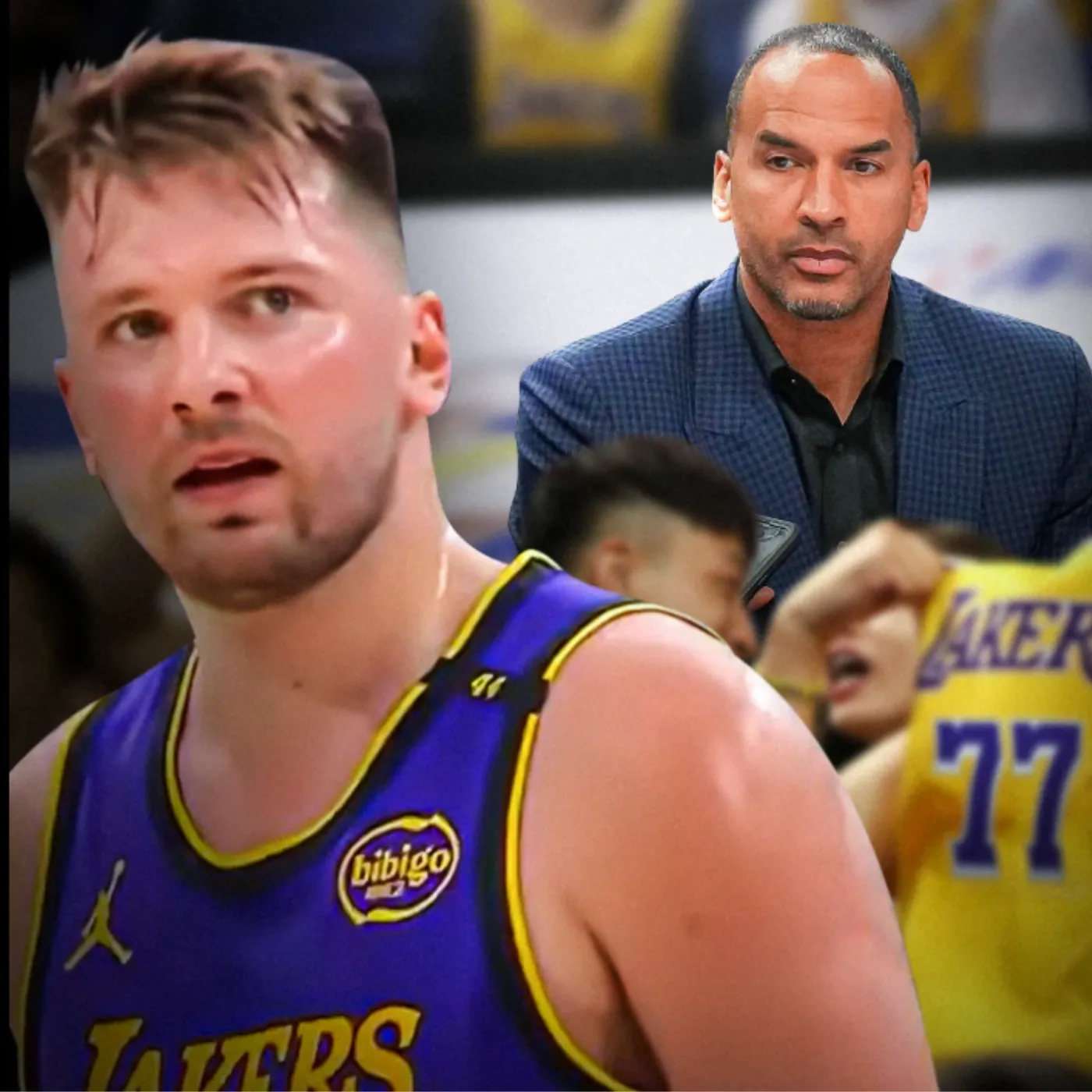
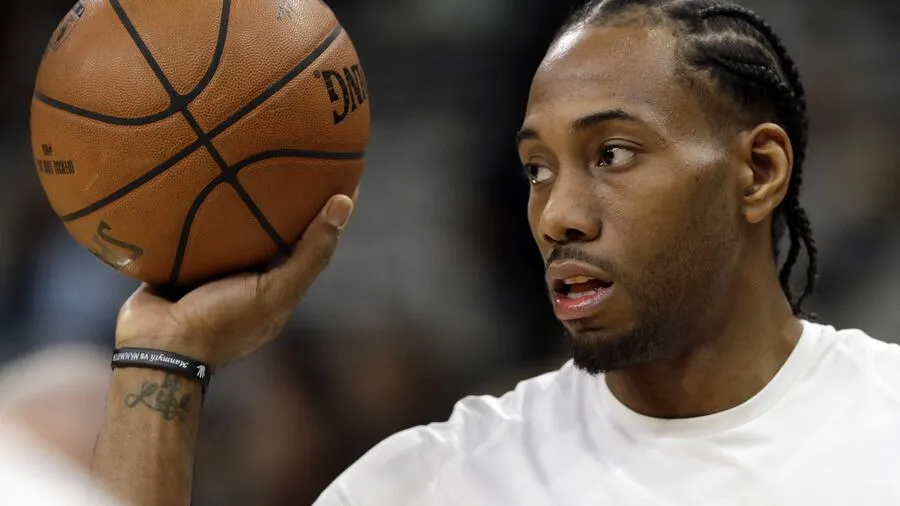
Not Just $28 Million: Clippers’ Kawhi Leonard Scandal Is Actually Worth $48 Million
A new wave of scrutiny has hit the NBA, surrounding a blockbuster endorsement deal involving Kawhi Leonard, the Los Angeles Clippers, and the now-bankrupt fintech company Aspiration. At the center of the controversy is a $48 million arrangement that has triggered a full-scale investigation by the league into potential salary cap circumvention. As more details surface, questions grow about the legitimacy of the transactions and whether Clippers owner Steve Ballmer played a role in facilitating improper benefits to secure Leonard’s services.
The details, first revealed on the “Pablo Torre Finds Out” podcast, have brought to light a complex web of deals, side agreements, and questionable corporate conduct. This article explores the full timeline, the individuals involved, and the potential ramifications for the Clippers and the NBA as a whole.
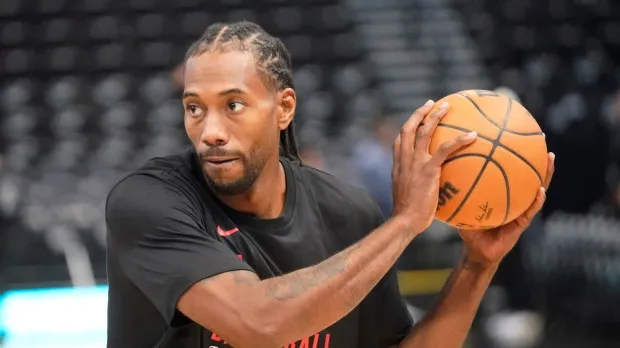
Kawhi Leonard’s Arrival in Los Angeles: A Surprising Power Move
When Kawhi Leonard signed with the Clippers in 2019, it was a decision that caught much of the basketball world off-guard. After leading the Toronto Raptors to a championship and earning his second Finals MVP, Leonard was at the pinnacle of his career. A native of Los Angeles, many expected him to join the Lakers, especially given their superstar pedigree and established fanbase.
But Leonard had other plans. He chose the Clippers — a team with no championships, a smaller fan base, but an ambitious owner in Steve Ballmer and a vision to build something distinct. Leonard’s arrival was part of a strategic duo acquisition, which also included the trade for Paul George. But as the dust settled, whispers began circulating about the unusual demands reportedly made during Leonard’s free agency — particularly by his uncle and advisor, Dennis Robertson, widely referred to as “Uncle Dennis.”
Uncle Dennis and Lavish Requests: The First Red Flag
Back in 2019, The Athletic reported that Dennis Robertson made “lavish requests” to teams pursuing Leonard. These demands allegedly included part ownership of a team, access to a private jet, a new home, and most notably, guaranteed endorsement income. These types of requests, if met by a team or associated parties, would constitute a blatant violation of the NBA’s salary cap rules.
At the time, the NBA found no evidence that the Clippers complied with these requests. However, the recent bankruptcy filing of Aspiration has unearthed new information that reopens the investigation, with the potential to uncover previously hidden compensation tied to Leonard’s signing.
The Aspiration Deal: A Mysterious $48 Million Commitment
Aspiration, once a rising star in the fintech world, promoted itself as a climate-conscious financial platform. It attracted big-name investors and endorsements from celebrities like Leonardo DiCaprio, Orlando Bloom, and even NBA figures like Doc Rivers. But the $28 million endorsement deal with Kawhi Leonard stands out for more than just its size.
According to sources within Aspiration, the endorsement agreement was presented to the executive team as a done deal, bypassing the usual internal processes. Key decision-makers — including the CFO, CLO, and CMO — were not given a chance to evaluate or negotiate the deal. This breach of corporate governance is now a focal point of the investigation.
The endorsement was to be paid in quarterly installments over four years. Yet, Leonard never appeared in any major marketing campaigns. The deal has been described as a “no-show job,” with insiders admitting there was no meaningful brand synergy between Leonard and Aspiration’s climate-forward image.
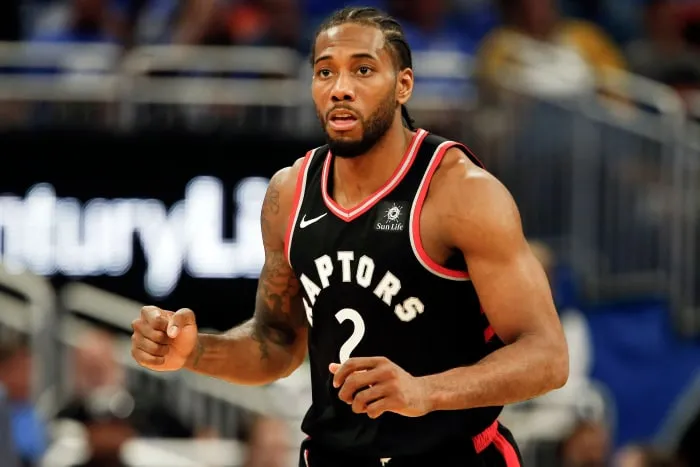
The Hidden $20 Million Stock Agreement
The story gets more complicated. According to sources familiar with the arrangement, Leonard also secured a side deal worth an additional $20 million in Aspiration stock. This equity was to be drawn from Joseph Sanberg’s personal holdings and distributed over four years. Combined with the original $28 million, the total compensation package amounted to $48 million.
However, Leonard never received the full value. Aspiration’s collapse meant the stock never went liquid, and Leonard’s LLC, KL2 Aspire LLC, is now listed as a creditor in the bankruptcy proceedings.
Steve Ballmer’s Investment Raises Eyebrows
Simultaneously, Steve Ballmer invested $50 million into Aspiration, at a premium price of $11 per share — higher than the $10 per share paid by other major investors like Oak Tree Capital. This unusual move has prompted speculation that Ballmer may have indirectly funded Leonard’s endorsement deal as a way to circumvent the NBA’s salary cap.
While Ballmer and the Clippers strongly deny any wrongdoing, the timing and nature of the transactions raise serious questions. Typically, high-profile investors like Ballmer are offered discounted share prices, not premiums. His significant investment, coupled with Leonard’s oversized endorsement, is now at the heart of the NBA’s ongoing investigation.
NBA Salary Cap Rules and the Seriousness of Circumvention
The NBA’s collective bargaining agreement (CBA) has strict regulations regarding team salary caps, designed to ensure competitive balance and fairness. Offering hidden benefits — whether through businesses, personal investments, or endorsement deals — is considered one of the most serious infractions.
If the league determines that Ballmer’s investment in Aspiration was used as a vehicle to compensate Leonard outside of the salary cap, it could lead to severe penalties. These might include fines, loss of draft picks, or even voided contracts.
This wouldn’t be the first time the Clippers were penalized for similar behavior. In 2015, they were fined $250,000 for offering DeAndre Jordan unauthorized endorsement opportunities during free agency.
Fraud, Bankruptcy, and Legal Fallout
The downfall of Aspiration was catalyzed by Joseph Sanberg’s guilty plea in a $248 million fraud case. According to federal authorities, Sanberg manipulated the company’s financials to artificially inflate revenue, deceive investors, and secure massive rounds of funding. Of that, $44 million was directly linked to fraudulent claims made to attract investment.
While only Sanberg has been charged criminally, scrutiny has also turned toward Andrei Cherny, Aspiration’s former CEO, who signed Leonard’s deal against internal objections. The SEC has contacted former employees about Cherny’s involvement, though no formal charges have been filed.
Where Things Stand Now
In the wake of Aspiration’s bankruptcy and the ongoing NBA investigation, the situation remains fluid. Leonard has not been paid the full value of the endorsement, and his stock compensation was never realized. Ballmer continues to deny any misconduct, and the Clippers have emphasized their commitment to full cooperation.
In a public statement, the Clippers said:
“The notion that Steve invested in Aspiration in order to funnel money to Kawhi Leonard is absurd… There is nothing unusual or untoward about team sponsors doing endorsement deals with players on the same team.”
The NBA has not yet concluded its investigation, but the implications could be significant — not only for the Clippers, but for how endorsement deals are scrutinized across the league.
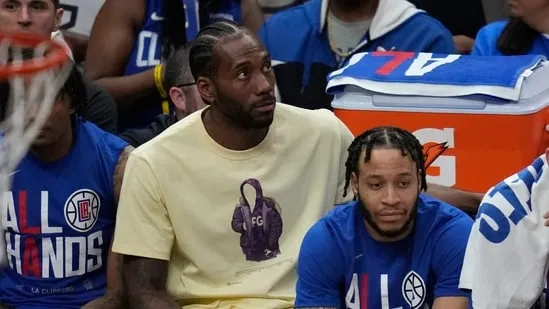
Conclusion: A Cautionary Tale for the Modern NBA
The situation surrounding Kawhi Leonard’s $48 million endorsement deal with Aspiration is more than a legal headache — it’s a warning. In today’s NBA, where massive player salaries, endorsements, and team valuations intersect, the lines between fair competition and unethical circumvention can blur quickly.
As the league continues to investigate the Clippers and their involvement with Aspiration, one thing is clear: transparency and accountability are more important than ever in professional sports. Whether or not this leads to sanctions, the story serves as a landmark case in how endorsement deals can impact team dynamics, competitive balance, and the integrity of the NBA.
The results of the NBA’s investigation could redefine how teams and players interact with outside sponsors — and how closely the league monitors those relationships moving forward.


